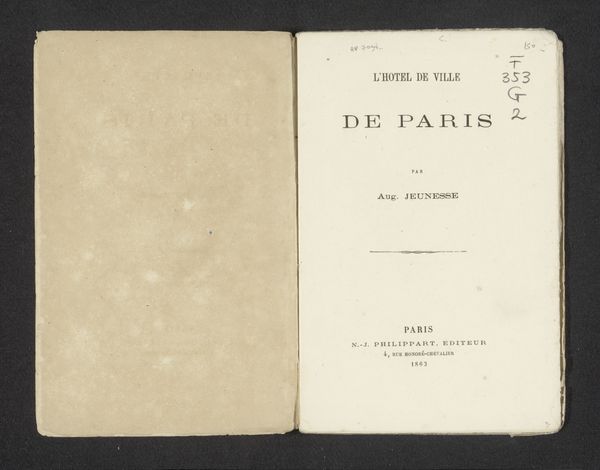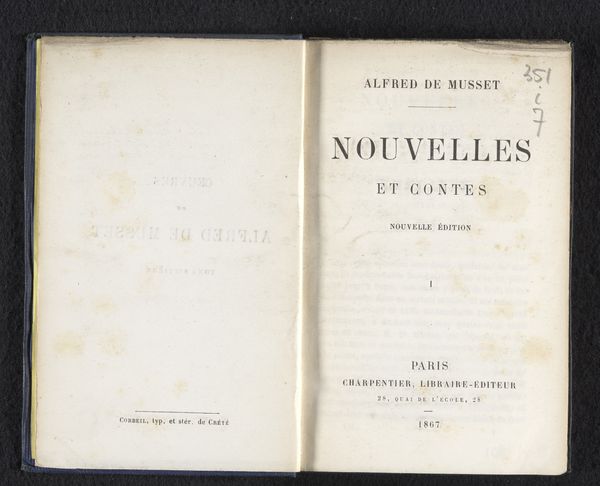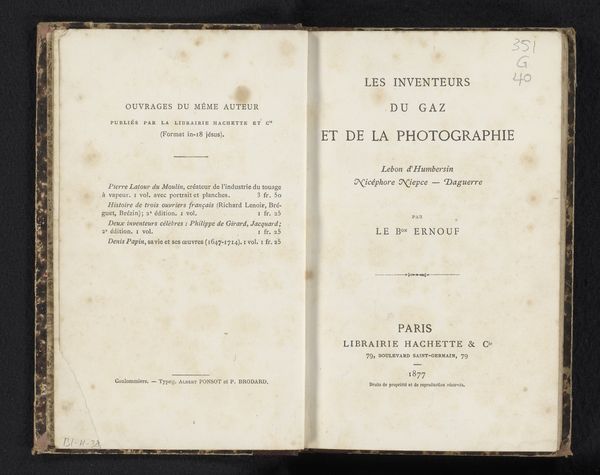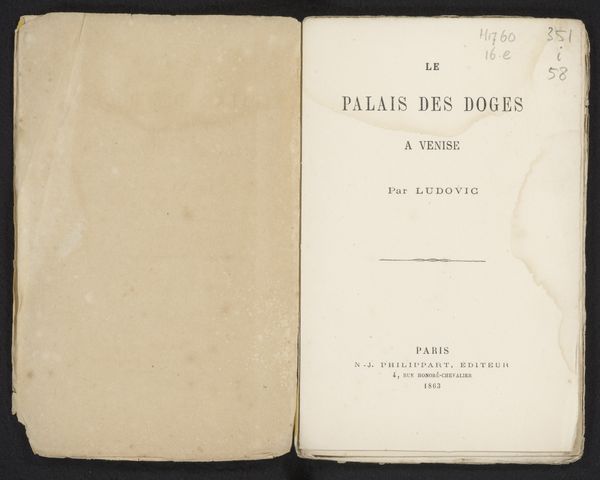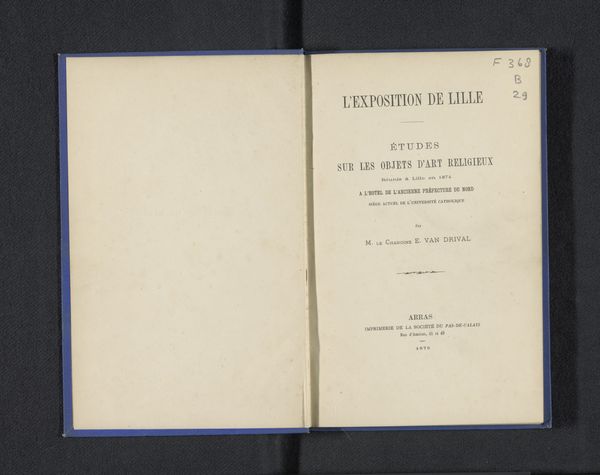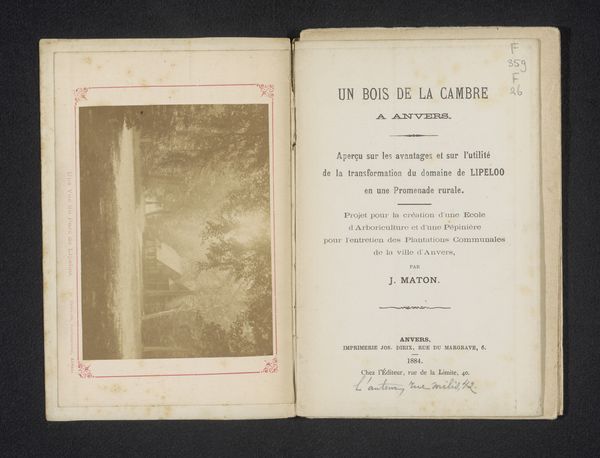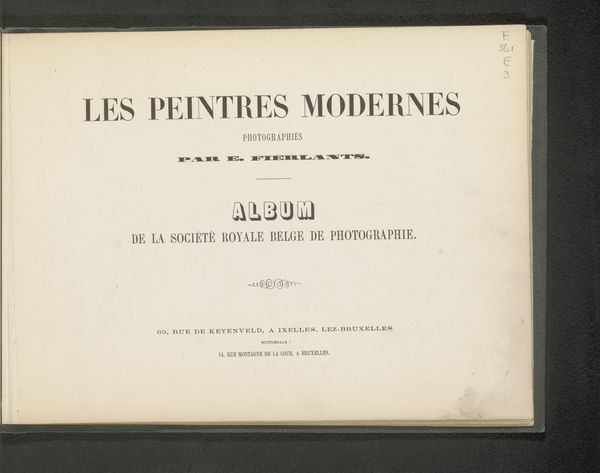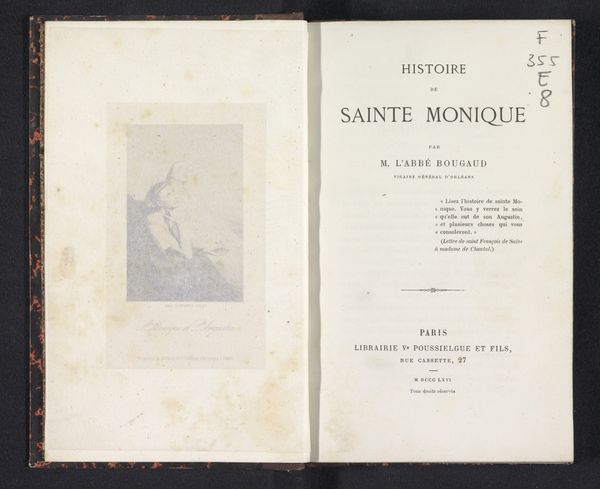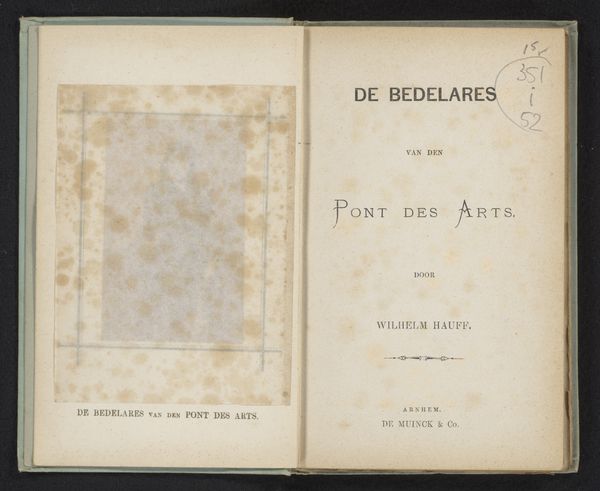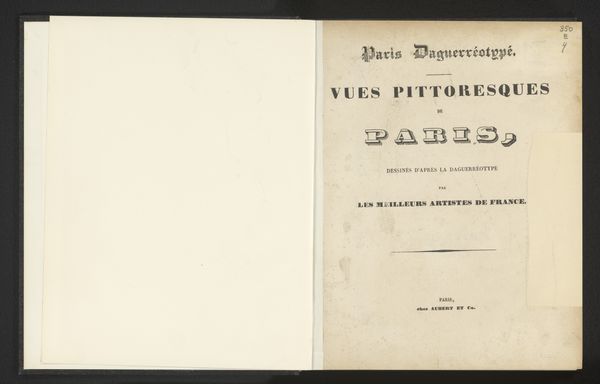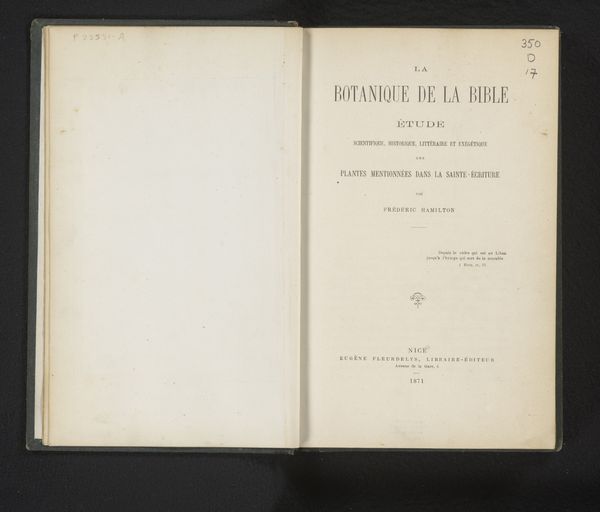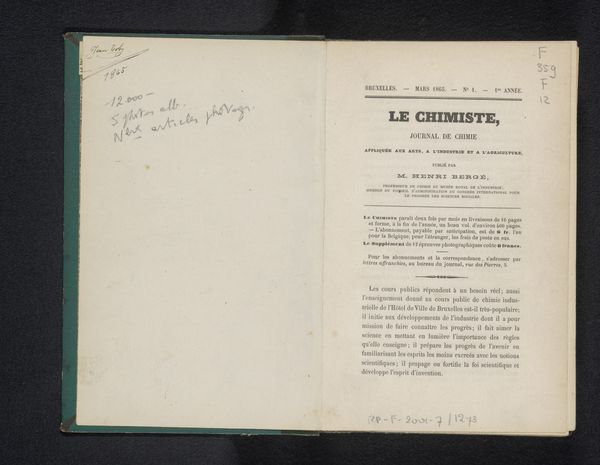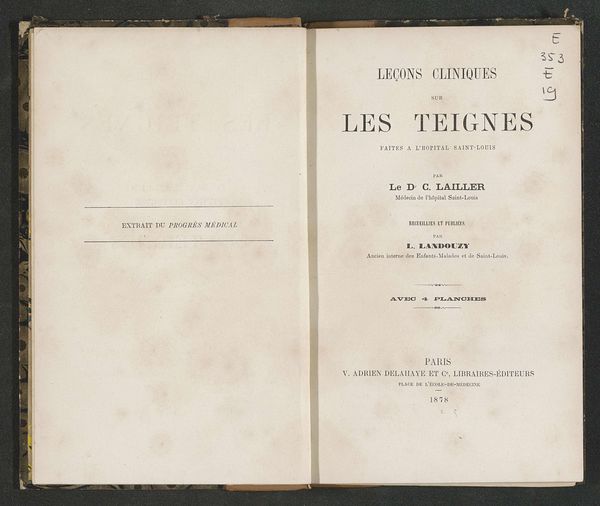![['A bas les hommes', "Les pieds qui r'muent"] by Charles Noblet](/_next/image?url=https%3A%2F%2Fd2w8kbdekdi1gv.cloudfront.net%2FeyJidWNrZXQiOiAiYXJ0ZXJhLWltYWdlcy1idWNrZXQiLCAia2V5IjogImFydHdvcmtzLzk5MDZjZDg1LWRhY2QtNDI2Ni1hNDVkLWFhYjc1ZjNmOWI2MC85OTA2Y2Q4NS1kYWNkLTQyNjYtYTQ1ZC1hYWI3NWYzZjliNjBfZnVsbC5qcGciLCAiZWRpdHMiOiB7InJlc2l6ZSI6IHsid2lkdGgiOiAxOTIwLCAiaGVpZ2h0IjogMTkyMCwgImZpdCI6ICJpbnNpZGUifX19&w=3840&q=75)
Dimensions: height 136 mm, width 91 mm, thickness 13 mm
Copyright: Rijks Museum: Open Domain
Charles Noblet printed this book, "Down with Men", in Paris in 1860. Even in just the title, we see potent symbolism. "A bas les hommes"—down with men—is not merely a phrase but a rallying cry. Consider the symbolic weight of ‘down.’ Think of the fallen idols of ancient civilizations, brought low from their pedestals. This call to overthrow is a motif echoed through time. The very act of toppling or subverting established power, like the matriarchal societies found in ancient Crete, where female deities held sway, represents a shift in cultural memory. The "femme éclaboussée" -splattered woman- who wrote the book uses this expression to make a point. The book itself becomes a symbol of protest, echoing the powerful subconscious urge to challenge traditional roles. Just as the serpent in the Garden of Eden symbolizes knowledge and rebellion, so too does this book invite us to question and subvert. This act engages viewers on a subconscious level, triggering a collective memory of past rebellions and cultural transformations. Such symbols resurface, evolve, and take on new meanings, driving the cyclical progression of cultural narratives.
Comments
No comments
Be the first to comment and join the conversation on the ultimate creative platform.
